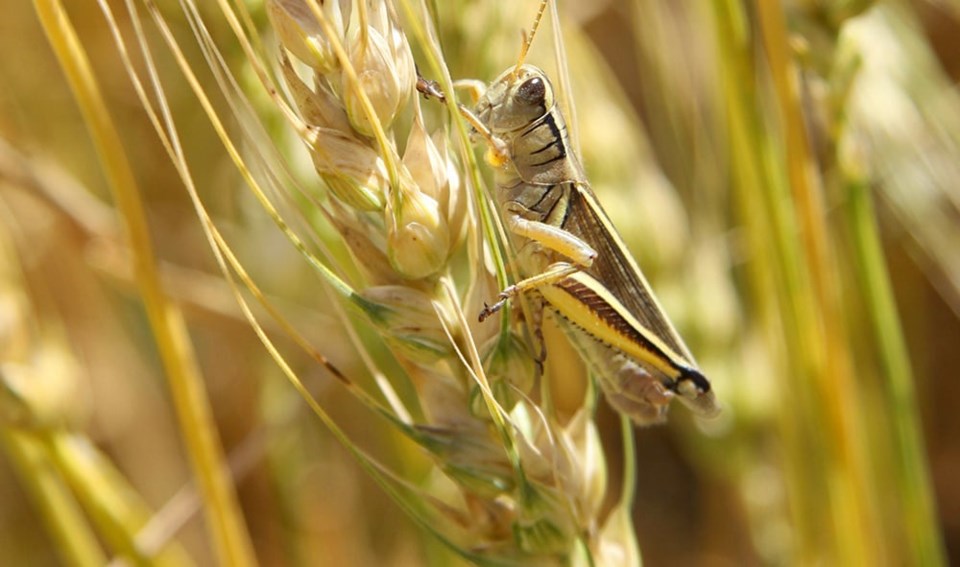WESTERN PRODUCER — While it is difficult to predict El Niño’s influence on summer weather for most of North America, there is a strong correlation with temperature on the Canadian Prairies.
It typically results in a hotter-than-normal summer, especially for the western half of the region, said John Baranick, DTN’s agricultural meteorologist.
When it comes to precipitation, it is basically a coin toss. It is hard to predict whether it will be above or below normal, he said during DTN’s recent Ag Summit Series.
MarketsFarm analyst Bruce Burnett is in lockstep with the first part of that forecast.
“I certainly agree with the above-normal temperature scenario for the summer,” he said. “That’s probably going to be a hallmark of our weather pattern.”
But he disagrees with the wishy-washy precipitation forecast.
“I’m thinking we’re going to be slightly drier than normal along with the warmer-than-normal temperatures,” he said.
It will not be like the drought of two years ago, because El Niño should bring a better chance of precipitation than that, but don’t expect a wet summer, said Burnett.
Baranick said if a super-El Niño develops, in which ocean temperatures in the central and east-central equatorial Pacific are two degrees C above normal, that should result in an extended growing season for Western Canada, reducing the chance of frost damage.
He struggled to find analog years like this one, where the world is rapidly flipping from a La Niña directly into an El Niño weather event.
In the end, he settled on four — 1951, 1997, 2006 and 2015.
In three of those years, temperatures in the corn belt of the United States were cooler than normal, which bodes well for corn and soybean yields. The outlier was 2006, when it was hotter than normal across the entire country.
That is why he projects a normal to cooler-than-normal summer for that important grain and oilseed producing region of the world in 2023.
“We will still get hot streaks and some heatwaves in there, but for the most part those are likely to be short-lived,” Baranick said.
Burnett thinks there will be above-normal temperatures in the western corn belt but cooler-than-normal conditions in the central and eastern parts of the region.
El Niño has yet to be officially declared. Cool ocean temperatures off the coast of California are keeping it at bay. But that area of the Pacific Ocean is starting to warm. Baranick thinks an El Niño will be pronounced in June.
The moisture outlook is encouraging for the Midwest, based on the analog years.
“We’re looking at precipitation that’s pretty darn good across much of the country,” he said.
In fact, El Niño’s influence is already being felt in the western half of the country, where there has been significant improvement in drought conditions over the last few months, including most of the Plains region.
National average corn yields during the analog years were either at or above trendline yields.
Baranick said the fall should bring more much-needed moisture to the U.S. Southern Plains region, where there has been prolonged drought that first appeared in June 2020.
“That dryness has been entrenched for a very, very long time,” he said.
A wet fall will help matters but will not eliminate the drought.
“One season of rainfall is not likely to do it, unless we get something like they got in California where they just got pounded with 400 percent precipitation over the course of the winter and early spring season,” said Baranick.



